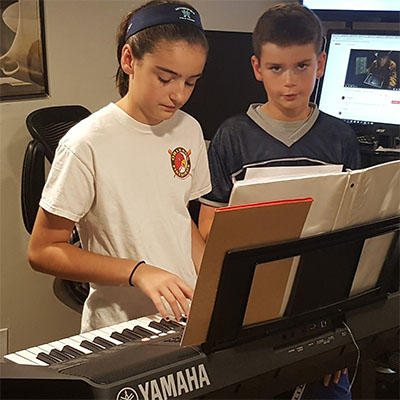

We’ll show you why certain chords and notes sound and “feel” the way do. You’ll learn about keys and scales. We’ll show you how certain chords in a key function, and why certain chord progressions work the way they do.
Glastonbury is a town in Hartford County, Connecticut, United States, formally founded in 1693 and first settled in 1636. The town was named after Glastonbury in Somerset, England.[1] Glastonbury is located on the banks of the Connecticut River, 7 miles (11 km) southeast of Hartford. The town center is defined by the U.S. Census Bureau as a census-designated place (CDP). The population was 34,427 at the 2010 census.
In 1636, thirty families were settled in Pyaug, a tract of land belonging to Wethersfield on the eastern bank of the Connecticut River, bought from the Native American chief Sowheag for 12 yards (11 m) of trading cloth. In 1672, Wethersfield and Hartford were granted permission by the General Court to extend the boundary line of Pyaug 5 miles (8 km) to the east. By 1690, residents of Pyaug had gained permission from Wethersfield to become a separate town and, in 1693, the town of Glassenbury was created.
During the American Revolutionary War, several homes were used to hold classes from Yale University. Noah Webster was a student in these classes; later he taught at one of Glastonbury's one-room schoolhouses.
Give us a call for more information about Home/towns Music Lessons in Glastonbury Connecticut.